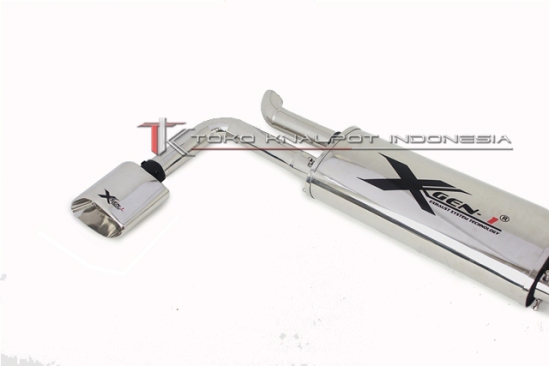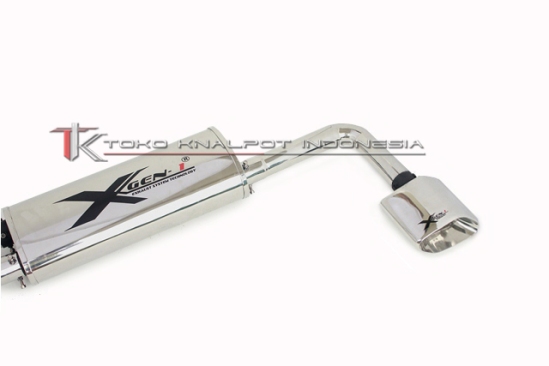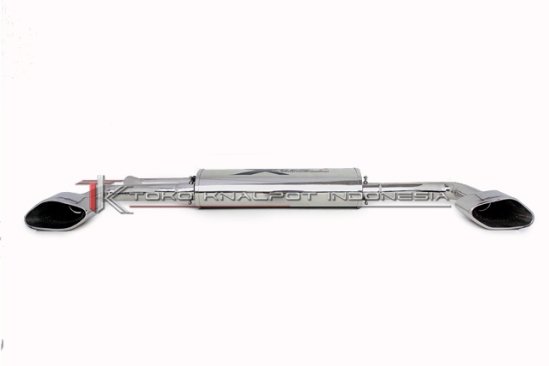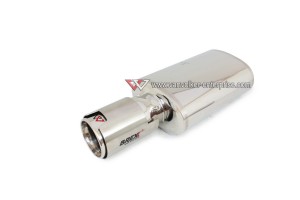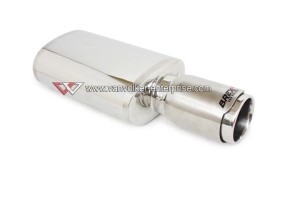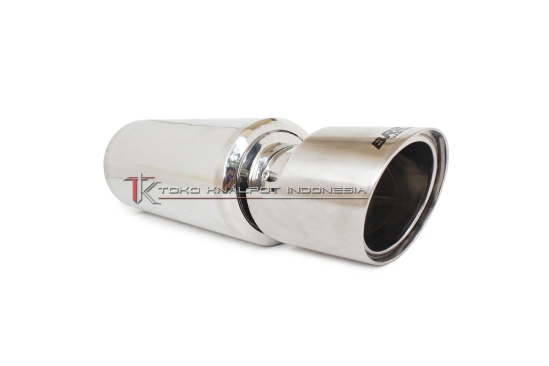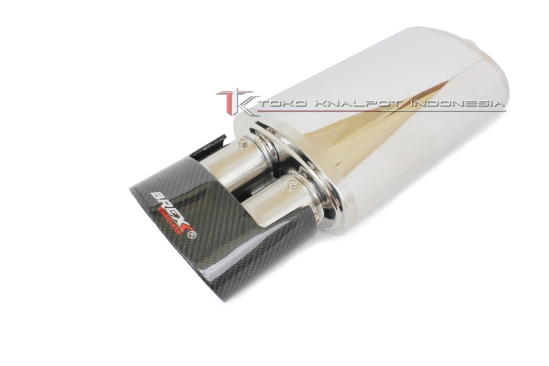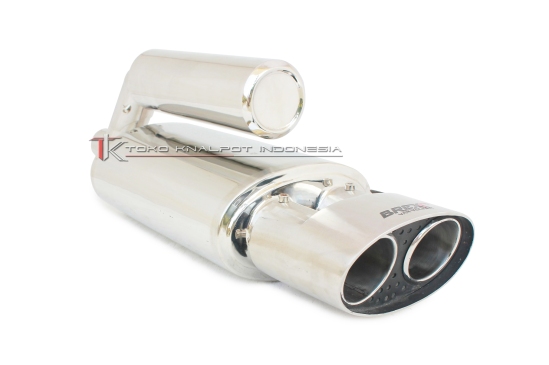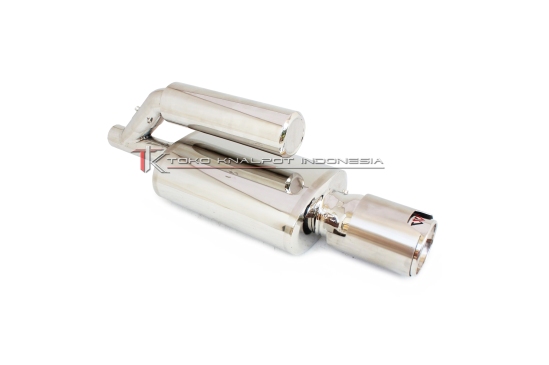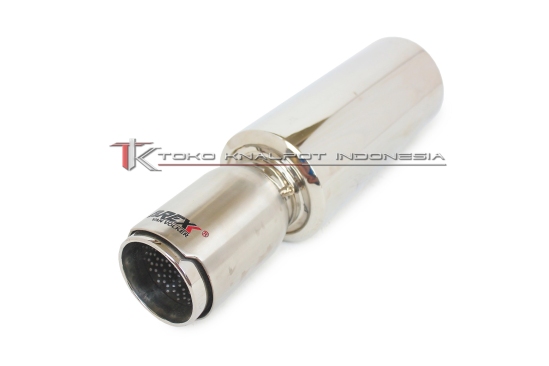More than two centuries have passed since humans first started using engine-driven devices to do work. And from the first steam locomotives to today's gas/electric hybrid cars, our development of motorized transport has had a parallel string of innovation: Engineers continuously work to make our engines run more efficiently.
For as long as consumers have complained about gas prices, there has been an army of inventors offering devices to stretch our mileage further. Innovations such as electronic fuel injection and the use of lighter, stronger internal components made great forward strides in fuel efficiency. It's no wonder that these have become standard features -- often government-mandated -- on most modern cars and trucks. But other inventions have turned out to be hoaxes that do little for fuel efficiency and, in some cases, can actually hurt a vehicle's mileage and cause dangerous engine damage.
There's a veritable sea of fuel-saving devices on the market, and while most of them sound great, many offer little -- if any -- benefit for what they cost. It's sometimes difficult to separate the truly useful devices from the not-so-great ones, so read on to learn more about popular fuel-saving hoaxes and how they work.
1. Hydrogen Generators
Hydrogen has long been a tantalizing alternative to petroleum fuel, and for good reason. It's abundant -- the gaseous element combines with oxygen to make water -- and carries a tremendous amount of energy. For years, scientists have worked on producing a hydrogen-powered internal combustion engine, in the hopes that this power source could become a clean-burning alternative to gasoline.
But hydrogen has some serious drawbacks that have slowed its adoption as an automotive fuel. It's not naturally occurring -- it must be extracted from water or other sources -- and the processes to obtain it require a lot of energy. Likewise, the light gas is difficult to store in large enough quantities to be useful for transportation. And the very energy density of hydrogen that makes it so attractive as a fuel also makes it dangerous if not handled properly.
But that hasn't stopped a long string of inventors from offering mileage-boosting devices that claim to create hydrogen and add it to a car's fuel, boosting mileage with this high-energy wonder gas. Many of the so-called hydrogen generators work in the same fashion: An onboard electrolysis device pulls water from a storage tank, and, using electricity generated by the car's alternator, splits the hydrogen and oxygen. These are then injected into the engine, supposedly giving the car a power boost and saving fuel.
The problem with these onboard generators is one of capacity. Remember, it takes a great deal of electricity to split the strong bond between water's hydrogen and oxygen atoms. That energy has to come from somewhere, and in a car, that means a significant additional load is placed on the alternator. The car may be producing hydrogen fuel, but it's burning more energy than it creates. As a result, hydrogen generators typically produce miniscule amounts of the gas. And while this gas may indeed make it into the car's fuel system (some sloppier generators could contain enough leaks to vent any hydrogen before it reaches the engine), it simply isn't enough to produce the claimed power or mileage boosts.
2. Intake Vortex Devices
The internal combustion engines in cars and trucks are essentially large air pumps: The action of the pistons sucks in a precise mix of fuel and air, which is then ignited and vented out through the exhaust. The energy of the burning mixture forces the engine to suck in more of the mix, repeating the cycle. And this next piece of fuel-saving quackery plays off misunderstandings about that process.
Engineers pay close attention to airflow into an engine. The amount of turbulence in the flow can affect how fuel and air mix as they enter the combustion chamber, and this can impact an engine's efficiency. The creators behind intake vortex gadgets often claim that their devices alter this airflow in a way that improves fuel-to-air mixing, improving fuel burn and consequently getting more mileage out of each gallon.
The main warning flag with vortex generators is that they're actually based on antiquated engine technology. Automobiles built before engine management computers became commonplace did rely on the shape and length of intake bodies to manipulate fuel and air mixing. But modern vehicles have computers that constantly adjust fuel flow to match airflow: Create a turbulent airflow in the intake (as a vortex generator does), and the car simply adjusts the amount of fuel it injects. The result? The car may actually run worse, since it's compensating for altered airflow by altering the fuel flow. The computer's fuel-flow rate is calibrated at the factory to provide the right amount of fuel for each combination of driving speed and engine load. Alter this, and you're more likely to hurt performance than improve it
3. Fuel Ionizers
This type of fuel-saver gadget can be found for both diesel and gasoline-powered vehicles, and often attaches somewhere along the line between the fuel pump and injector. Its creators often claim that it produces an ionic field, which separates fuel molecules from each other as they pass through it. This, they say, causes the fuel to form a more vaporous cloud in the combustion chamber, making it easier for the fuel to burn quickly and cleanly.
This type of device preys on drivers' misunderstanding of how modern engines work. A modern engine's fuel injectors are finely tuned to produce an ultrafine mist of fuel in the combustion chamber. The technology behind this system is so advanced that only a tiny fraction of the injected fuel is not burned. Even if these devices did make the fuel vapor burn better (debatable, to say the least), the miniscule amount of extra fuel burned would not account for the significant mileage gains that the products' sellers claim
4. Ignition Enhancers
This group of fuel-saving devices may have had a touch of merit in years past. These special spark plugs, spark intensifiers and related devices are supposed to improve the rate and amount of fuel burn each time an engine's cylinder cycles, reducing the amount of unspent fuel that gets flushed out the engine's exhaust.
In the early days of internal combustion engines, this type of thinking made some sense. Mechanical distributors could develop faults that caused spark plugs to misfire, resulting in one or more cylinders simply pumping unburned fuel through the chamber. Products that enhanced spark plug reliability could improve efficiency in these low-performance engines.
But that type of problem has virtually disappeared in modern engines. Thanks to computerized engine controls and newer, more reliable ignition technology, most modern cars only misfire if there's a significant problem with the engine. There's really no need to enhance ignition reliability: The engine already takes care of that.
Likewise, the claim that an ignition enhancer makes fuel burn faster or hotter is baseless. Fuel will burn at a set rate, regardless of how hot one makes the spark that ignites it. Ignition enhancers might have once been useful modifications, but now they're simply hoaxes to separate uneducated drivers from their money
5. Water Injection
This technology actually has historic roots. During World War II, aircraft engineers needed a device to combat detonation -- premature ignition that could damage engine parts -- in piston-powered fighter aircraft. Their solution involved injecting a mixture of water and alcohol into the air intake, cooling the engine and helping maintain proper fuel ignition.
After the war, hot-rodders adopted water injection for their own high-performance engines. The technology showed up on a handful of successful race cars, but it has declined in use as advanced materials, engines and fuel technology reduced the risk of detonation.
Detonation, like misfiring, is not a problem most drivers of modern cars will ever experience. It typically only occurs in cases where a driver runs a highly modified engine (which often experiences much higher than normal internal pressure) on low-octane gasoline. In a normal vehicle driven under normal conditions, the scenario that invites detonation is highly unlikely. Water injection may be a useful tool for specific high-performance situations, but it's not a particularly useful or effective device for improving your daily driver's fuel mileage
6. Fuel-line Magnets
These devices, like fuel ionization systems, allegedly prepare the fuel to burn better when it reaches the combustion chamber. Rather than using electric fields to do the job, however, fuel-line magnets claim to use powerful magnetic fields to break down fuel into its basic components.
As is the case with fuel ionizers, fuel-line magnets serve little purpose other than to separate uninformed drivers from their money. Petroleum fuels are ubiquitous because of their stability -- although they can't pack the same punch as fuel sources like hydrogen, they're much safer and easier to handle. Petroleum fuels, in fact, are too stable to be significantly altered by something as small and simple as a magnet placed on a fuel line. Even if a magnet could produce a significant electrical field, that field would be altered by the metal of the fuel line, tank and components. If anything, an extremely strong magnet might disrupt some of the car's more sensitive electronics, although even this is unlikely, given the careful engineering that has gone into today's reliable electronic components
>> PART 2


